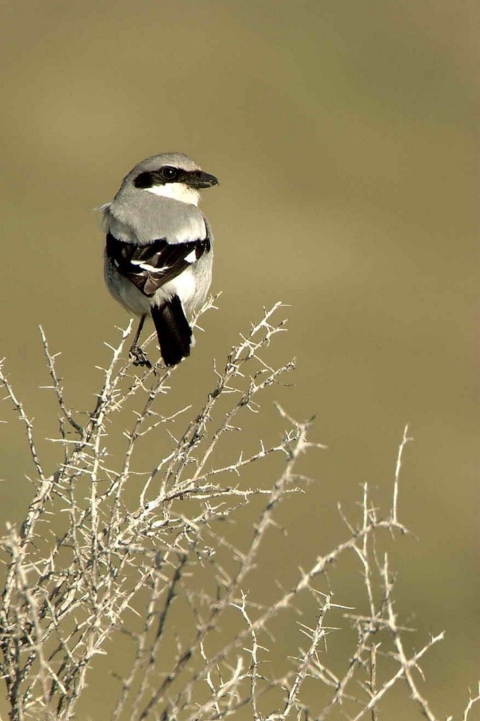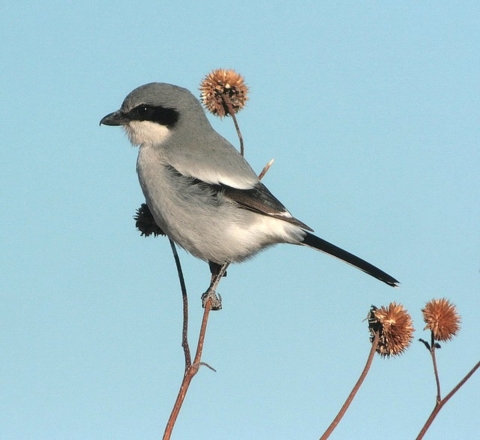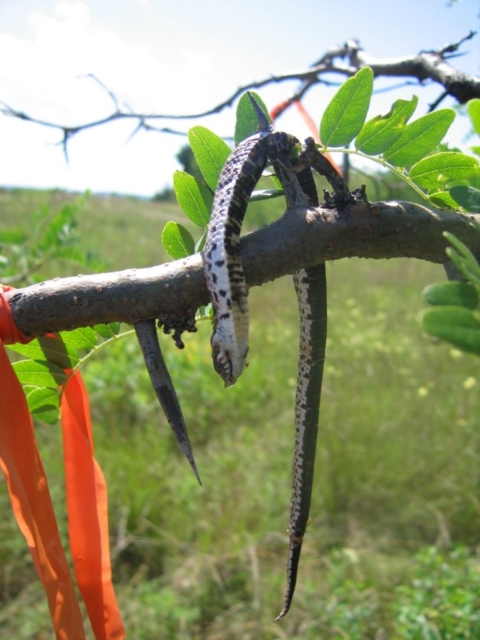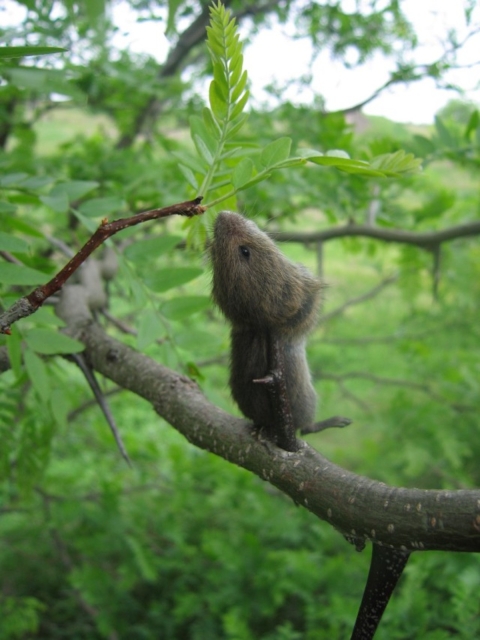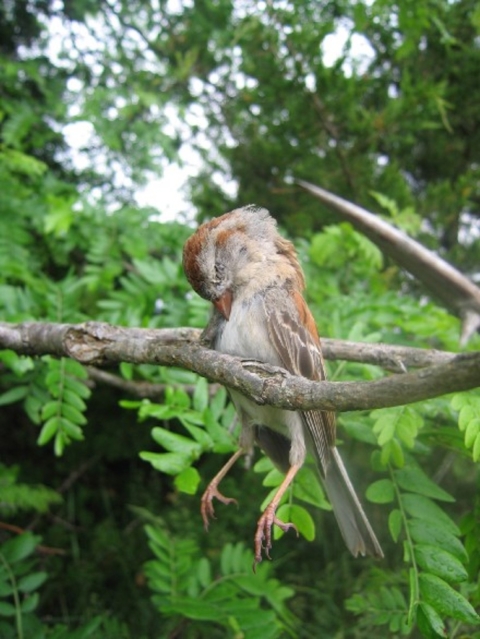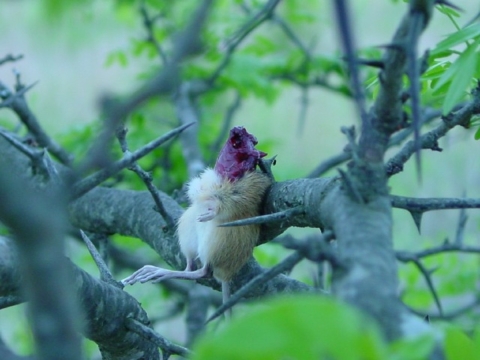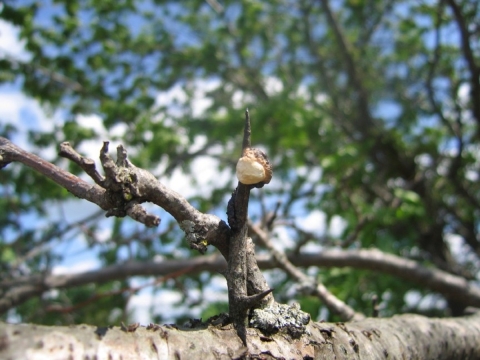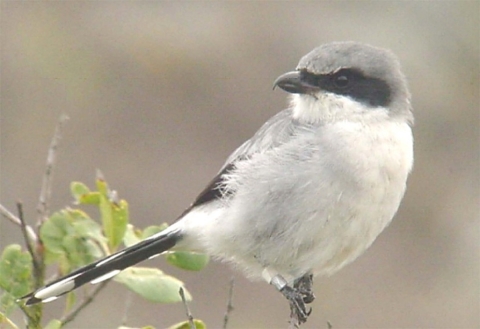Disclaimer: This post is rated PG-13 for graphic content
Birds are beautiful and complex and mesmerizing and adorable and the subject of children’s books and nursery rhymes. Right? NOT ALL OF THEM.
Referred to as the “butcher bird” this species may be the most macabre and disturbing passerine of all — the loggerhead shrike.
We’ve served up a few tasty morsels to show why this bird is one that would give even Alfred Hitchcock nightmares.
They have a unique way of dealing with their prey…
The butcher of the shrublands, the loggerhead shrike, with its giant head and tiny legs, impales its prey and stores it for later. Shrikes have a hooked beak and with a special notch on their beak, just like a falcon, that quickly and cleanly severs the spinal cord of its prey. Think “Sweeney” Shrike.
Unlike the falcon, however, shrike legs are just like those of any other songbird and are too weak to hold onto the carcasses of their kills as they rip the flesh away from the dead body. This is one of the reasons they need to spear their prey with sharp objects.
The grisly scene they make is called a “larder”
They impale the corpse of their prey on something thorny like a honey locust tree, or barbed wire fence when nature’s thorns are scarce. The shrike will then either eat it immediately or store it for later.
Gruesome Scenes Left by the Loggerhead Shrike
(WARNING THESE ARE INTENSE)
What are these!? These are some of the carcasses left behind by the loggerhead shrike. Yes, they are all impaled on sticks, prominently displayed for all the animal kingdom to see.
As the term suggests, a shrike’s larder functions as food storage. During the breeding season, the male keeps the larder full nearby the nest so that the incubating/brooding female has a readily available cache of food. In the winter, storing prey in a larder may be an adaptation for periods when food is scarce. Caching may also function in mate attraction.
These larders could be robbed by other birds, especially corvids like blue jays and crows, given how easy it is to spot them, so keeping a big supply in the larder may compensate for some losses that are bound to occur.
It’s a behavior that seems to be deeply ingrained, as even non-food items get impaled. Most songbirds, for example, will dispose the fecal sacs (yes, their poop) of nestlings by dropping them somewhere away from the nest. Shrikes will impale the fecal sacs (I have photos if you’re curious). I imagine the first thought a shrike has when it wakes up in the morning is, “Must. Impale. Something. Soon!” It’s kinda like the Hulk, “Hulk Smash!”
Shrikes will even do it with their offspring’s poop — also known as fecal sacs.
Shrieking for shrikes
Found across most of the continental U.S. at some point of the year, the species used to be common but has been declining. There is one endangered species of shrike called the San Clemente Island loggerhead shrike, and is found only on San Clemente island off the coast of California.
Respect for these spooky songbirds
So it may have the physical body of a bird, but the loggerhead shrike has the spirit of a honey badger. Okay, but really, the loggerhead shrike has found a way to consume prey and store it in a fascinating way. We’ll leave you with these terrifying pictures to remind you of just how remarkable nature is. Hopefully, we can all step away slowly with respect (or healthy fear?) for the loggerhead shrike.


